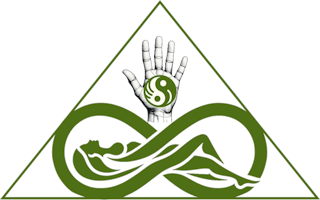The symptoms of scleroderma are different for each person, depending on the type of scleroderma. Localised scleroderma typically causes patches of thick, hard skin in one of two patterns: (i) firm oval shapes that stay in one area or spread to other areas of skin (ii) lines of thickened or different coloured skin that run down the arm, leg, and in rare cases on the forehead. Systemic scleroderma, also known as systemic sclerosis, may come on quickly or slowly and may cause problems with internal organs in addition to skin problems. Many people with systemic scleroderma feel overly tired (fatigue). Scleroderma can involve the skin, oesophagus, blood vessels, kidneys, lungs, blood pressure, and bowels, producing a variety of symptoms and affecting many areas of the body. In some instances scleroderma affects only the skin, however, in many people scleroderma also harms structures beyond the skin, such as blood vessels, internal organs and the digestive tract (systemic scleroderma).
The early symptoms of scleroderma vary considerably. Distinctive abnormalities on the skin (cutaneous lesions) usually appear later in the course of the disease. Common symptoms of scleroderma may include painful joints (arthralgia), morning stiffness, fatigue, and/or weight loss. Cold temperatures can trigger the intermittent loss of blood supply to the fingers, toes, nose, and/or ears (Raynaud’s phenomenon), and is an early frequent complaint of people with scleroderma.
How is scleroderma treated? Treatment depends on the type of scleroderma, symptoms and which tissues and organs are affected. Treatment can help control the symptoms and limit damage. Medications recommended help to decrease swelling, manage pain, control other symptoms, and help prevent complications from arising. Manual or occupational therapies can help with pain, improve muscle strength, and teach ways to help with daily living. Regular dental care is advised because scleroderma may damage connective tissues in the mouth, cause a dry mouth and speeding up tooth decay along with causing loosening of teeth.
Scleroderma is chronic, lasting for your lifetime. However, like diabetes, high blood pressure, heart disease, and psoriasis, scleroderma can be treated and the symptoms managed. The cause of scleroderma is unknown and there is currently no cure, however, treatments focus on effectively preventing or limit the damage caused by this chronic disease.
References
Scleroderma . (n.d). Retrieved on June 13, 2020, from https://rarediseases.org/rare-diseases/scleroderma/.
Scleroderma . (n.d). Retrieved on June 13, 2020, from https://www.mayoclinic.org/diseases-conditions/scleroderma/symptoms-causes/syc-20351952.
Scleroderma Symptoms, Treatment, Diagnosis & Causes. (n.d). Retrieved on June 13, 2020, from https://www.medicinenet.com/scleroderma/article.htm.
Scleroderma: Symptoms, types, causes, and treatment. (n.d). Retrieved on June 13, 2020, from https://www.medicalnewstoday.com/articles/176357.
What Is Scleroderma? Symptoms & Causes| NIAMS. (n.d). Retrieved on June 13, 2020, from https://www.niams.nih.gov/health-topics/scleroderma.
What is Scleroderma? : Johns Hopkins Scleroderma Center. (n.d). Retrieved on June 13, 2020, from https://www.hopkinsscleroderma.org/scleroderma/.
